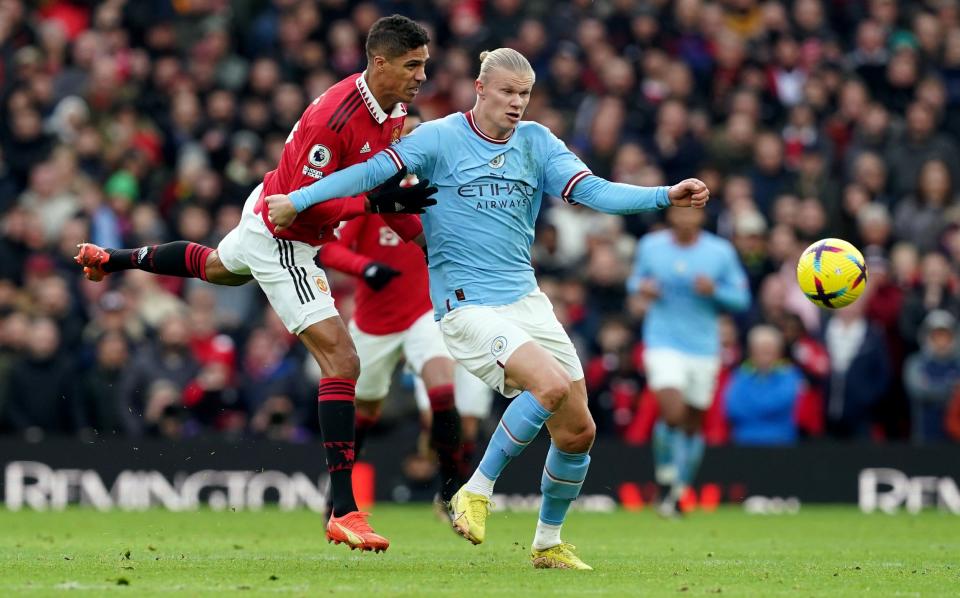Premier League backs spending cap plan despite Manchester United, City and Aston Villa opposition

The Premier League has agreed to push ahead with finalising proposals for a first ever spending cap – despite opposition from the Manchester clubs.
A limit of around five times of TV earnings for the bottom club could be agreed by this summer as executives develop a new economic and legal plan.
United, City and Aston Villa, as well as the Professional Footballers’ Association, are understood to oppose the prospect of any “hard cap on player wages”.
However, despite an abstention by Chelsea, 16 clubs voted through a second stage of development for the plan, described in meetings as “anchoring” to prevent overspending. One club executive suggested a “deal in principle” has been agreed but other insiders said talks were not so advanced.
If approved this summer, the new limit will come into effect at the start of the 2025-26 season. The concept was first mooted last year, but after some opposition a potential multiple of 4.5 spending limit against bottom club rights revenues appears to be moving closer to five.
The league’s financial controls are moving towards a squad cost control model similar to that being introduced by Uefa for its competitions which will limit spending to a percentage of turnover.
A cap provides further “anchoring”, in which the limit is a multiple of the lowest finisher’s central disbursements from the league’s shared broadcast and commercial deals.
Last season that club, earning the lowest from central Premier League distributions, Southampton, were paid out £103.6 million – a figure that combines a baseline equal share of broadcast deals, live television game “facility” bonuses and merit awards for league places.
The overall spending calculation will account for player wages, agents fees paid by the club and transfer amortisation. Analysis by Kieran Maguire, a football finance lecturer at Liverpool University, shows that, if that limit was applied immediately, only Chelsea would have to cut spending.
Currently profitability and sustainability rules (PSR) are based on permitted losses of £105 million over a three-year monitoring period which has in recent months led to Premier League charges for Everton, Nottingham Forest and Leicester City, relegated last season. The multiple charges against Manchester City also include PSR breaches.
There are concerns from the likes of United that setting the percentage of turnover a club can spend on wages and fees would prevent less wealthy clubs from being competitive. Earlier this month the clubs agreed that they would introduce the rules gradually with the new system shadowing PSR next season and then being used exclusively from the start of 2025-26.
The Premier League clubs will begin with that squad cost limit set at a higher level, giving the clubs the right to spend up to 85 per cent on wages and agents’ fees, with a view to it being scaled down closer to Uefa’s 70 per cent benchmark.
However, the PFA has now taken issue with the prospect of any strict limits on wage expenditure. “We’ll wait to see details of proposals but we would oppose any measure that would place a ‘hard’ cap on player wages,” the representative body said. “There is an established process in place to ensure proposals like this, which would directly impact our members, have to be properly consulted on.”
The vote to allow talks to progress to a second stage took place in central London. Last season Manchester City had the largest wage bill, £423 million, but that figure accounts for all staff expenditure, not just players. Agent expenditure was £51.5 million, while the club’s transfer amortisation figure was £145 million. At least one club figure believes the anchoring cap should only be tied to wages.

 Yahoo Sport
Yahoo Sport 






































